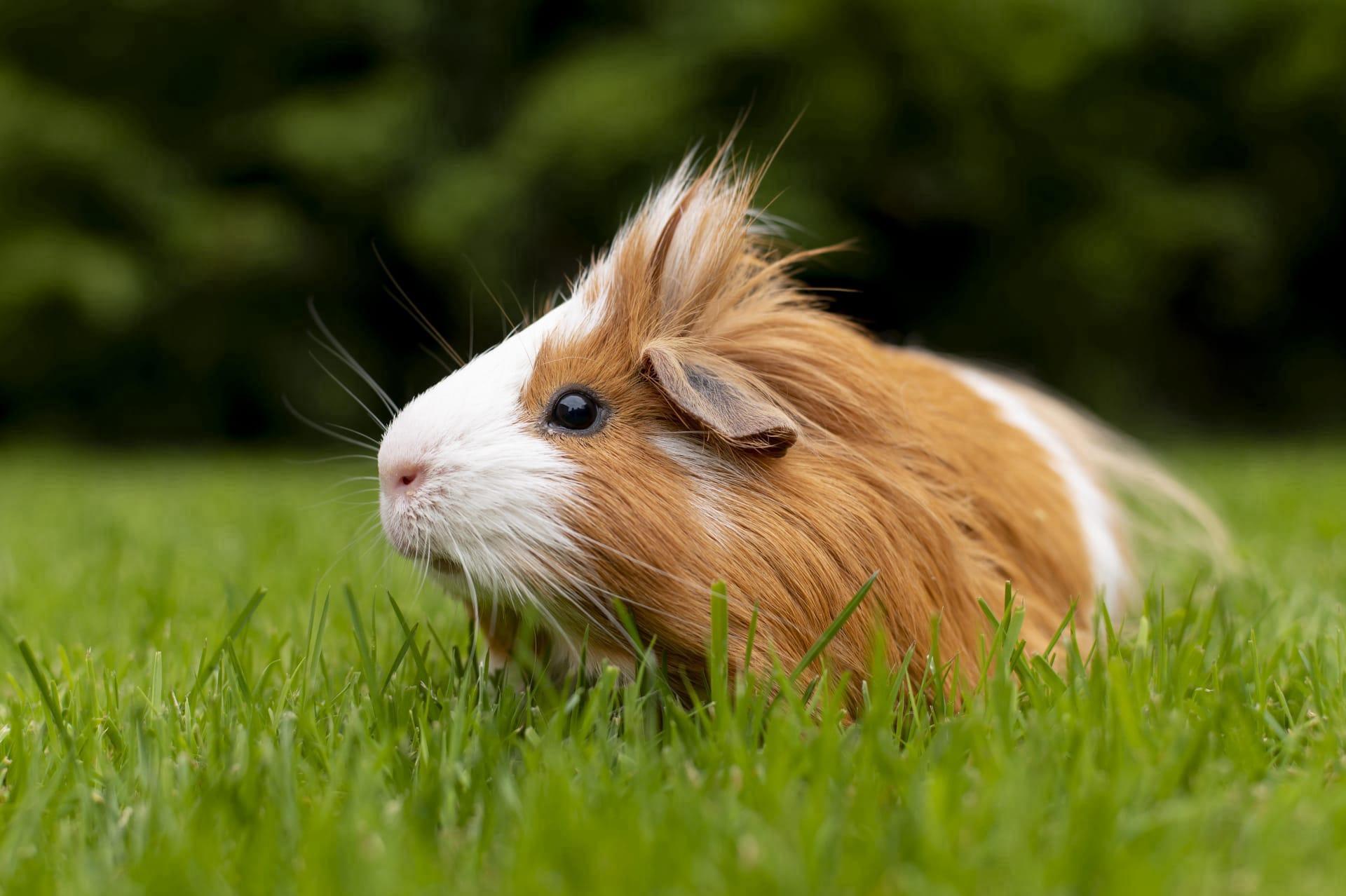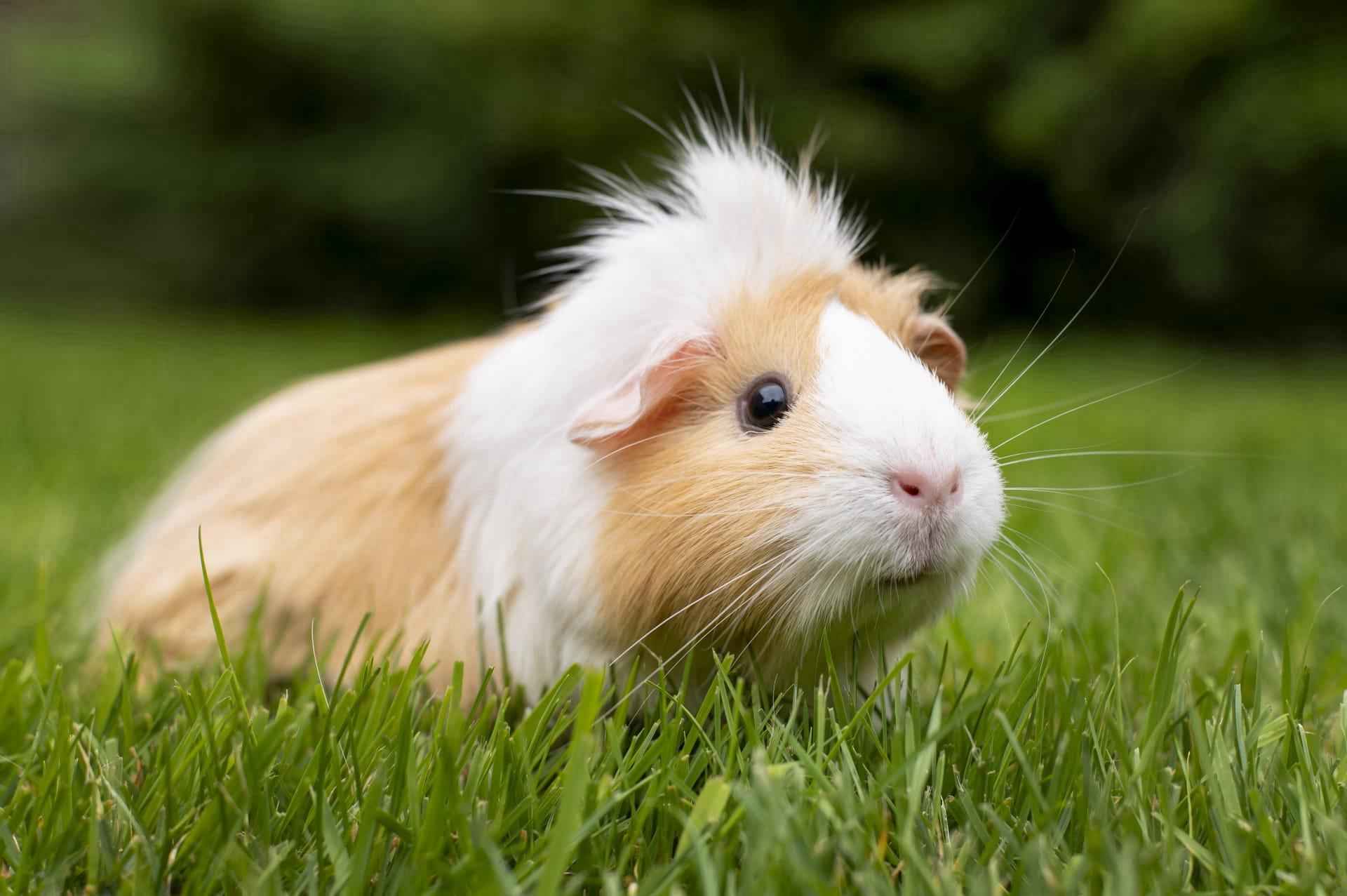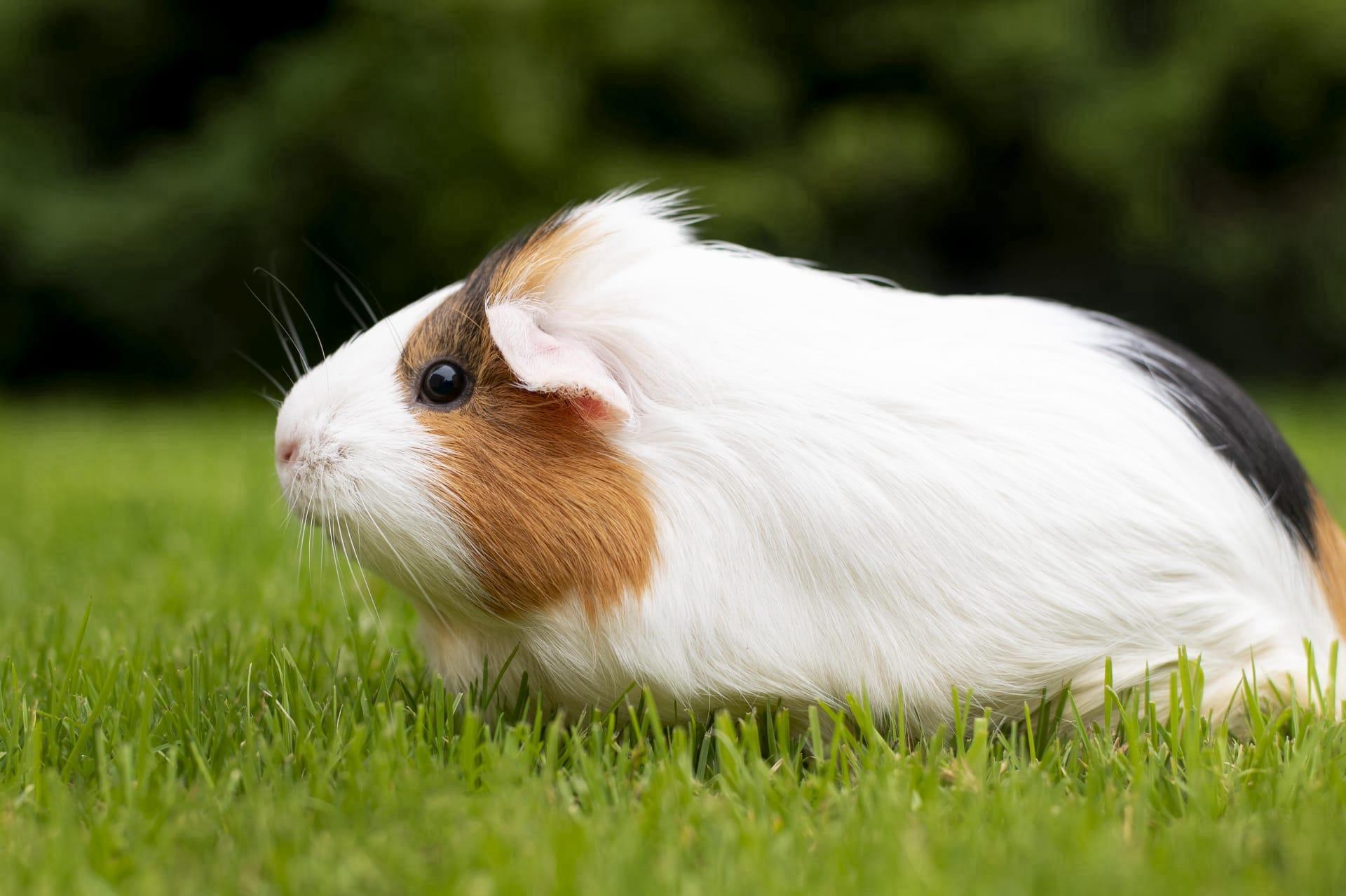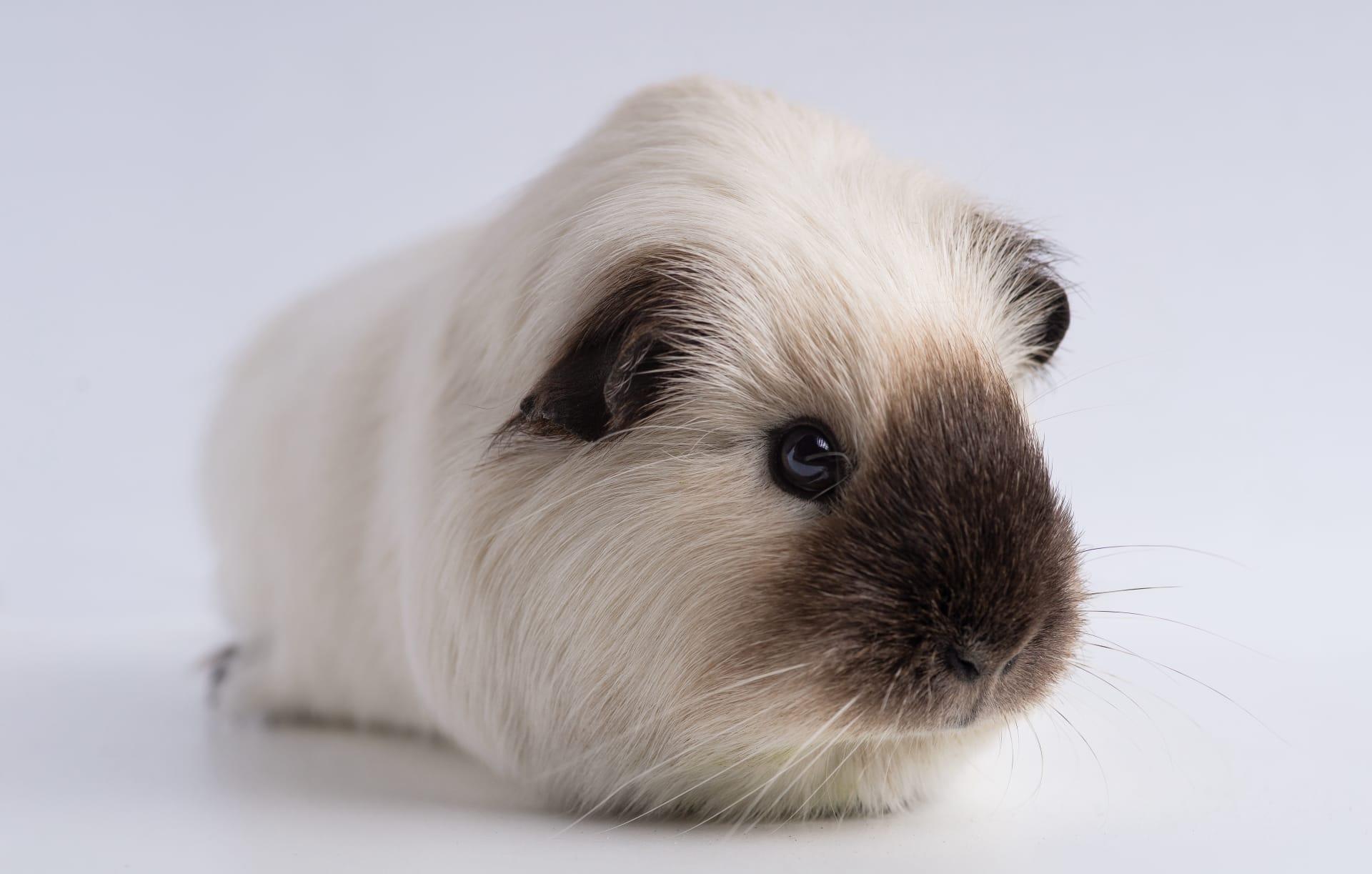1
Guinea pigs are social animals with a fascinating communication system. They use a variety of sounds to communicate, including "wheeking," a loud noise indicating excitement or hunger, and "purring," which can mean contentment when petted. Each guinea pig has a unique voice, and they can recognize the voices of their human caretakers and fellow guinea pigs.
Despite their name, guinea pigs are not pigs, nor are they from Guinea. They originate from the Andes in South America. They were domesticated as early as 5000 BC for food. Their name might come from their pig-like shape and the squealing sounds they make. Also, "Guinea" might refer to a far-off land, as in "foreign," in the English of the time they were named in Europe.

2
Guinea pigs have a remarkable dietary requirement: they cannot produce vitamin C on their own and must get it from their diet, much like humans. This need is fulfilled through fresh vegetables, fruits, and high-quality pellets. A deficiency in vitamin C can lead to scurvy, a serious health issue for guinea pigs.
They have a unique way of eating: guinea pigs practice coprophagy, the consumption of their own feces to digest their food twice and extract more nutrients. This behavior is crucial for their health, as their diet mainly consists of roughage, which is difficult to digest fully in one pass.

3
Guinea pigs have a longer lifespan compared to many other small pets, living on average between 4 to 8 years. This longer life span allows for a deeper bond to develop between guinea pigs and their owners. Regular interaction and proper care can lead to a strong, affectionate relationship.
These little creatures play a significant role in scientific research. Guinea pigs have been instrumental in many medical discoveries, including the development of the diphtheria vaccine. Their biological similarities to humans in terms of anatomy and immune response make them valuable for medical research, despite ethical concerns about using animals in this way.

4
Guinea pigs are born remarkably developed compared to other rodents. Newborn guinea pigs, called pups, come into the world fully furred, with eyes open, and are able to run within a few hours of birth. They start eating solid food within days but will continue to nurse for a few weeks.
They have a unique skeletal structure. Unlike most mammals, guinea pigs have an additional pair of ribs. This brings their total to 34 ribs, compared to the 24 found in humans. This extra pair of ribs adds more protection to their upper abdominal organs.

5
Guinea pigs have a wide range of coat colors and patterns, which are a result of selective breeding. They come in a variety of colors, including white, cream, black, and brown, and in patterns like rosettes, stripes, and whorls. The diversity in their appearance is one of the reasons for their popularity as pets.
Their teeth are constantly growing throughout their lives. To keep their teeth from overgrowing, guinea pigs need to gnaw on hard items like wooden blocks or chew toys. Providing these helps maintain their dental health and prevents potential oral complications.